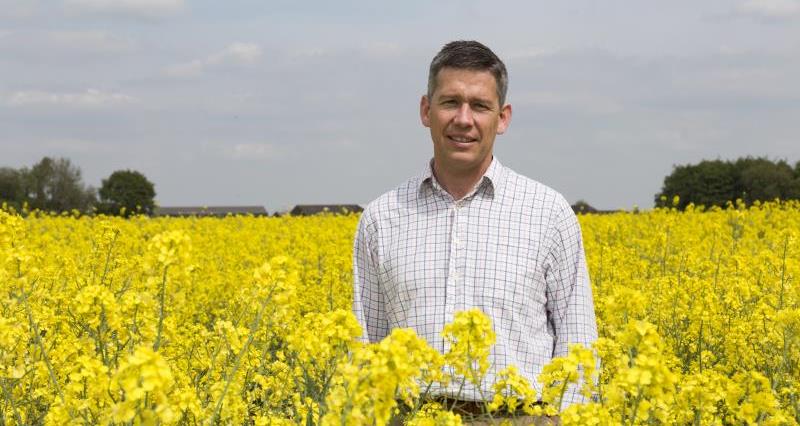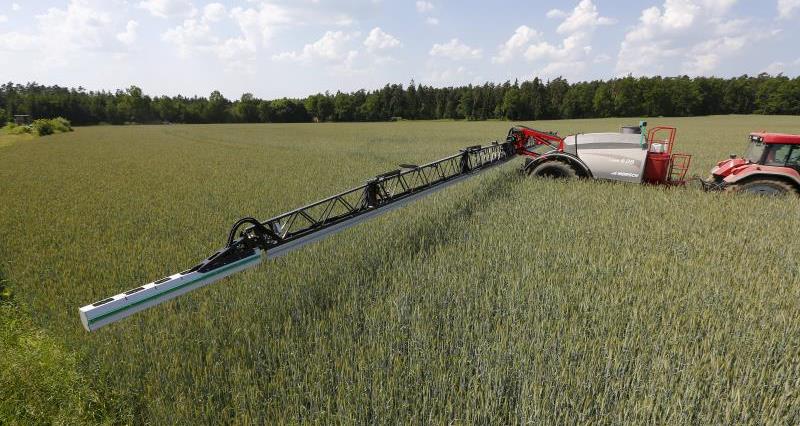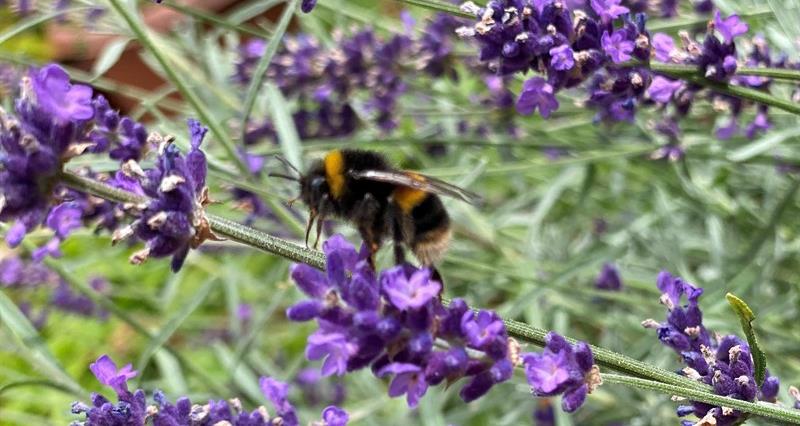It鈥檚 crucial that farmers and beekeepers work together to ensure bee populations don鈥檛 simply survive on agricultural land but thrive.
It鈥檚 a mutually beneficial relationship 鈥� farmers need pollinators in many situations to pollinate crops, while beekeepers often need farmers to provide an environment in which their bees can forage and produce honey. Making sure I have a good environment for pollinators on my farm is one way of maximising crop productivity.
Working closely together
It makes sense for farmers to let beekeepers in their area know when they鈥檙e planning to spray plant protection products on their crops. Doing this means that we can avoid damage to hives while allowing farming to be carried out productively.
I鈥檓 part of a project called 鈥� an online system that alerts beekeepers in the area when I鈥檓 planning to apply a plant protection product so they can take steps to ensure their bees are protected.
鈥淚t鈥檚 crucial that farmers and beekeeper work together."
NFU Combinable Crops Board vice chair James Cox
I recently spoke about my involvement with BeeConnected to an audience of MEPs, policy makers and industry representatives in Brussels.聽
The event was designed to show how modern technology is helping famers and beekeepers work more closely together and that it is possible to both spray crops and have healthy, productive bees provided the risks are pragmatically managed.
Integrated Pest Management is key
The environment is vitally important to me. I have a wide range of environmental features and stewardship options on my farm which allow nature and modern food production to work together side by side.
I鈥檝e got 66,000m2 of flower margins which provide habitats for a variety of beneficial insects, 40,000m2 of pollen and nectar margins that are a rich source of food and forage for bees, and 76,000m2 of wild bird seed mixes and unharvested headlands which provide food and habitat for a variety of birds.
In addition, we鈥檝e also got a resident beekeeper with hives on the farm who we can contact when we鈥檙e planning to spray so we can minimise any potential impact on the bees in our fields.
Integrated pest management is a key part of my farming practice, as it is for all arable farmers.
Using a variety of different methods to minimise the risk from pests means we keep the use of plant protection products to a minimum. Rotating crops, cultivating the land carefully, and choosing varieties of crops that are more resistant to certain pests all play a role in helping to deal with potential problems.
But if all these methods fail to deal with a problem then we need to be able to use plant protection products so there is no impact on food production.
Protecting crops safely and responsibly
It鈥檚 very important that people understand that farmers and beekeepers can, and do, work together to ensure bee populations on farm are given every chance to thrive, rather than farmers simply being demonised for their use of plant protection products.
Pesticides are a key part of the farmer鈥檚 armoury when it comes to food production but farmers are also aware that bee populations are facing a range of threats. Using initiatives like BeeConnected to make beekeepers aware of when and where we are using plant protection products means we can manage any threat they may pose to bees while still allowing us to protect our crops safely and responsibly when we need to.
To register for BeeConnected or to find out more information, visit:



